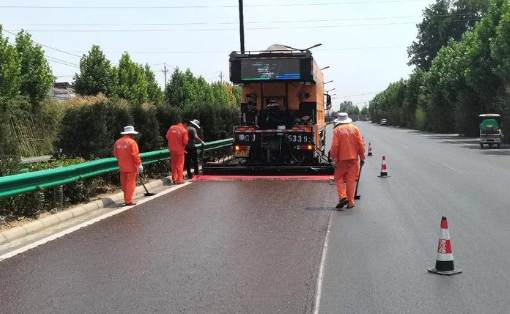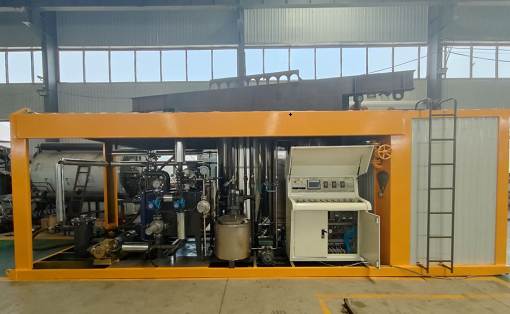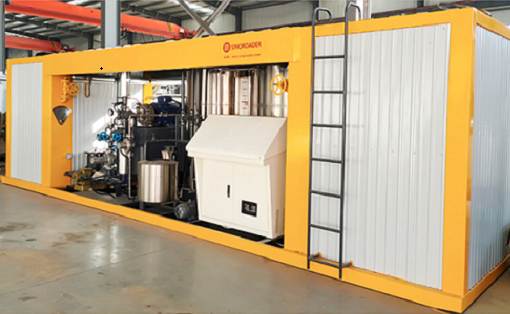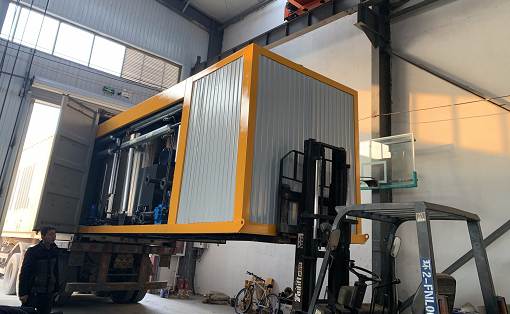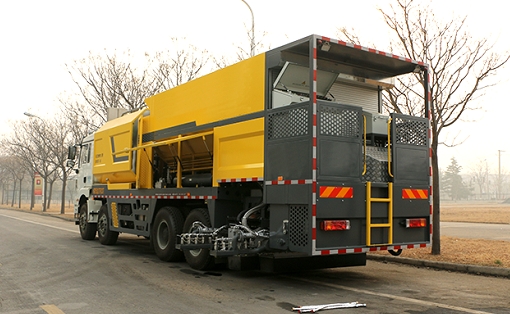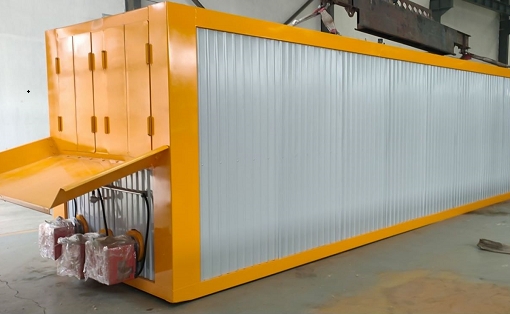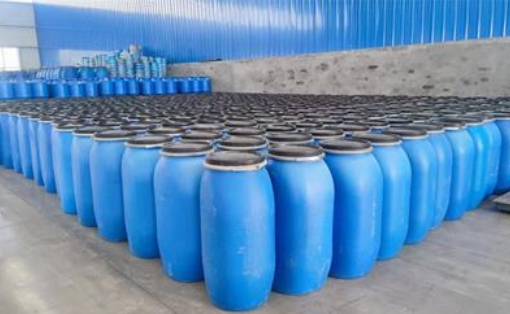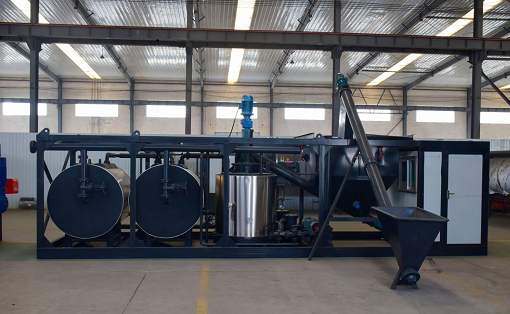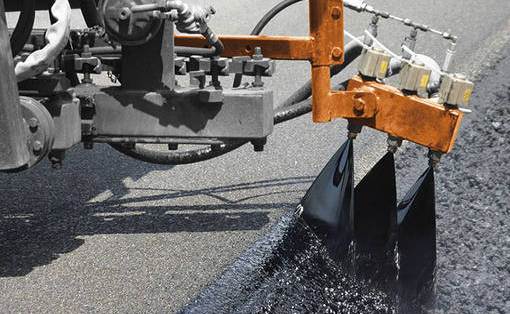Precautions for construction of asphalt spreader trucks
1. When operating an asphalt spreading truck, first check whether the machinery, spreading devices, protective and fire prevention equipment are complete and effective.
2. It is strictly prohibited to use non-specified fuel as the fuel for the heating system. The fuel is not allowed to overflow outside the tank. Generally, the oil level should be 20-30cm lower than the upper end of the overflow pipe.
1. When operating an asphalt spreading truck, first check whether the machinery, spreading devices, protective and fire prevention equipment are complete and effective.
2. It is strictly prohibited to use non-specified fuel as the fuel for the heating system. The fuel is not allowed to overflow outside the tank. Generally, the oil level should be 20-30cm lower than the upper end of the overflow pipe.
3. When using a fixed blowtorch to heat the fire tube of the asphalt tank, the chimney opening on the asphalt tank should be opened first, and the blowtorch can be ignited only after the liquid asphalt submerges the fire tube.
4. When the flame of the heating blowtorch is too large or spreads, the blowtorch should be turned off immediately and the excess fuel should be burned before use.
5. Do not use a blowtorch when the oil suction pipe and feed inlet are not closed, and when the asphalt is in hot state. When the portable blowtorch is lit, do not approach flammable materials.
6. When suctioning oil, choose a good parking position, park the vehicle smoothly, keep each outlet valve in the closed position, align the oil inlet with the oil pan, and slowly drain the oil. When the float pointer reaches a larger volume. Stop sucking or draining oil in time to prevent asphalt from overflowing.
7. A spreader truck loaded with asphalt should drive at a medium speed. When encountering curves or downhill slopes, you should slow down in advance and try to avoid emergency braking. It is strictly prohibited to use the heating system while driving.
8. The driver and the operator on the aircraft should cooperate closely, and the operator should pay attention to their own safety. During operation, no one should stay within 10m of the direction of spraying asphalt.
9. During spraying operations, the spreader truck should move forward in the direction indicated by the guide line, adjust the corresponding vehicle speed according to the spraying operation requirements, move forward smoothly, and do not swing or turn the steering wheel arbitrarily.
10. When the spreading operation stops, the operator on the machine should immediately raise the spreading pipe and turn the nozzle notch upward. At the same time, use the electric bell to notify the driver to put the power transmission box into gear and reverse the asphalt pump so that Suction the residual asphalt in the pipe back into the asphalt tank.








